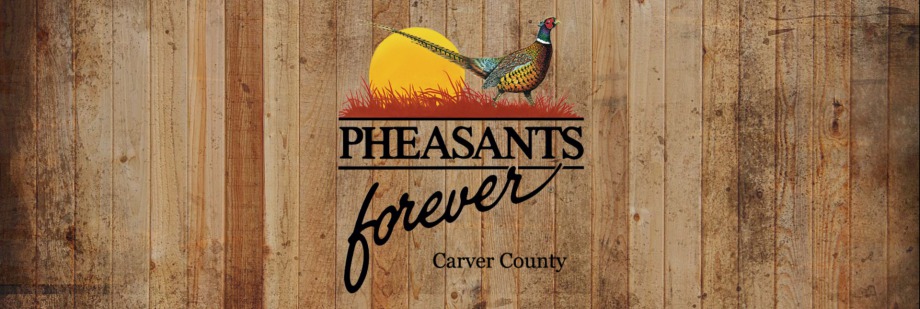
FEEDING PHEASANTS
MN PF/PQ JAN 2010 NEWSLETTER PAGE 1
Should We Feed the Pheasants?
Our phones have been ringing constantly with one question over the past week. “Should we be feeding the pheasants?” The early snow cover and extreme cold weather has folks worried about the
birds being able to survive. Unfortunately, many good-intentioned peo-ple who set out corn actually harm the pheasants more than they help them. Carefully con-sider the following:
1. Feeding must take place close to high quality winter cover of at least 10 acres, such as cattail sloughs and willow thickets. It is extremely rare for a pheasant to starve, but death by freezing
is common. Poorly placed feeders actually draw the pheasants out and away from their protective winter cover. They cause birds to congregate and expend energy competing for the food. Instead of
saving birds, poorly placed feeders will actually add to freezing deaths.
2. Feeders attract predators and expose pheasants to death by predation. Many more pheasants are lost to predators each winter, than to starvation. Feeders give predators a focus point, not unlike a
bait pile.
3. Once feeding starts, it must be continued. If pheasants are fed for a period of time and then the food supply disappears, the birds may become more stressed than if they had not been fed at
all.
4. A poorly designed feeder may make an easy meal for more efficient foragers such as deer and turkey, taking away any benefits for pheasants.
5. Proper winter feeding may help the birds temporarily, but it is not an effective long-term plan. THE KEY TO SAV-ING PHEASANTS IN THE WINTER IS
HABITAT! Resources spent on establishing high quality winter cover will yield far greater results and the best winter survival rates. The lesson to be learned from a tough winter is that we
need to plant more, high quality thermal cover in the spring. Please do all you can to educate your friends and family on proper winter feeding. By doing so, you will help save birds.
If you decide you want to have a feeder here are some designs that will help make your feeding program successful.

